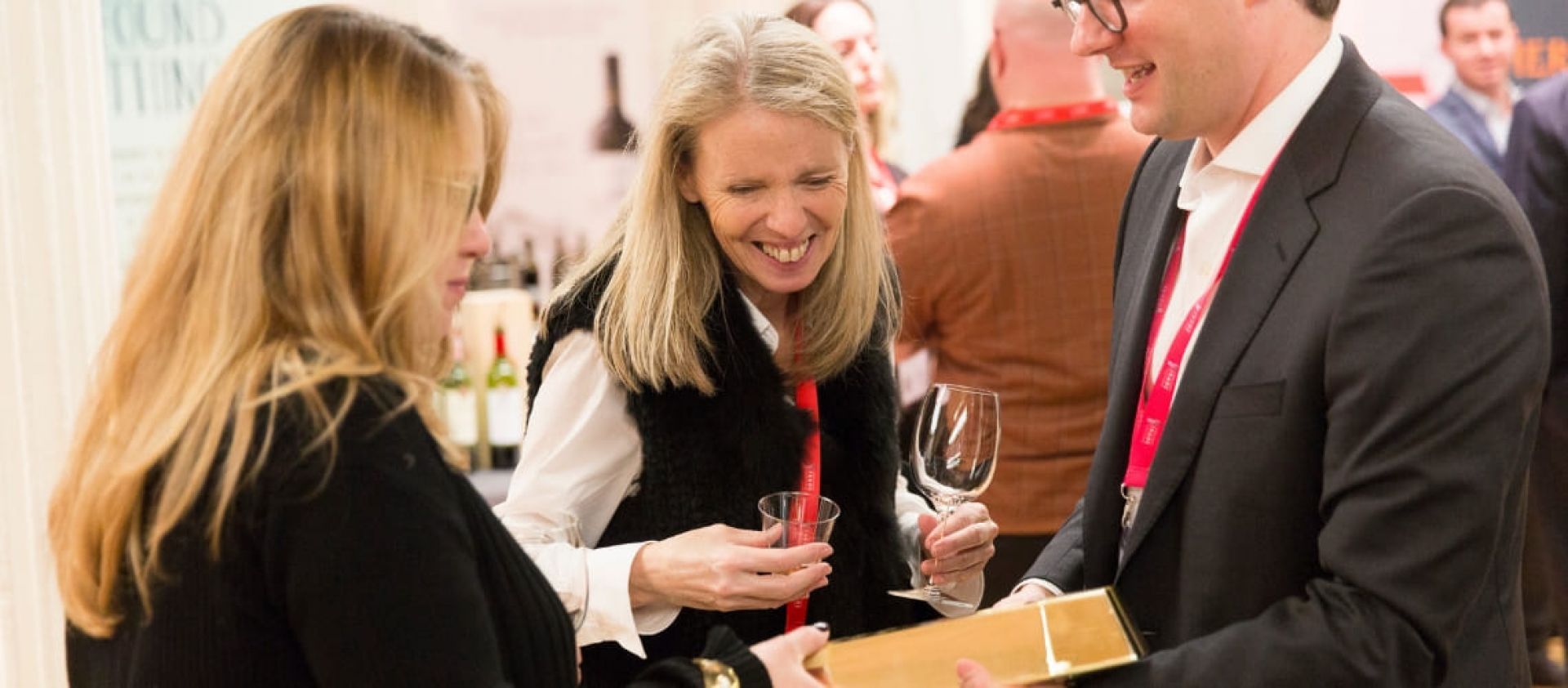
Insights
How to Get on the Radar Screen of a Wine Distributor or Importer?
Scott Ades, CEO of The Winebow Group, suggests that the only way to get noticed is a combination of persistence and creativity.
At the Conference Sessions for USATT, held at the Metropolitan Pavilion, there was a Panel that comprised of Jim Ryan, SVP of the beer division of Constellation Brands, Giacomo Turone, VP of wine and spirits importer Palm Bay International and Scott Ades, CEO of The Winebow Group. They were asked questions relevant to the attending audience comprising of distributors, importers, retailers and producers of alcoholic beverages. Please read below, one of the questions that was put forth to the panel and their answers.
QUESTION: “People obviously want to talk to you (as importers or distributors), so how do they get through the firewalls you put up? You’re hammered by phone calls, you can’t take everyone’s call, what can they do?”
In today’s hyper-competitive market environment, importers and distributors are deluged by calls, as wine brands of all sizes try all types of tactics to get distribution within the all-important U.S. marketplace. So what can these brands really do to capture the attention of importers and distributors? Scott Ades, CEO of The Winebow Group, suggests that the only way to get noticed is a combination of persistence and creativity. The other trick, he says, is to show importers that you’ve been getting a lot of press and media attention. That will sometimes open the door, since most importers are looking for emerging trends and unknown brands they can turn into a success.
The participants of the recent panel discussion at the USATT Conference 2016 agreed, though, that it’s somewhat of a chicken-or-the-egg problem. How do you prove you’re a commercial success before you’re a commercial success? You need to start generating numbers that excite people, and you need to start getting trade media attention. If you can get a few articles written about you, you can tell other people about it. Jim Ryan, a SVP with the beer division of Constellation Brands, says that smaller bands have to be “tenacious.” You have to be willing to try again and again, until you get a positive response. It also helps to attend industry events, since those are places where you can get face-to-face meetings and set up a display for people to learn about you. He stresses on the importance of being able to pour your product, sample them and speak to potential distributors and importers in a face to face setting. This really helps to make a connection rather than continuing to make cold calls over the phone.
Ultimately, though, finding the importer is not the end, it’s just the start for a new wine brand. They still need a sales solution, a marketing solution and a distribution solution. Too often, they turn to “brand ambassadors” and other “feet on the street” to build the brands. But that’s rarely scalable, and it’s also very expensive. Giacomo Turone, a VP with the wine and spirits importer Palm Bay International, agrees. He says that brand ambassadors can get spread out too far. And half of their expenses are related to things like meals, hotels and plane trips – activities that are not helping to build the brand. Smaller brands need to focus on scaling, on growing and showing how they are unique within the marketplace.
The best way to do that is for the brand owner – such as the founder of the business – to take a more visible role. Ades also suggests that brands do some careful consideration of their business model and pricing. If you start with a price too low, you can never go higher. The price needs to be a realistic price that will fund your operations going forward. Given the costs of building a brand, Ades says that it’s better to invest in a brand without a brand ambassador. Putting up real numbers is often the way to get the attention of any importer or distributor. And better yet if you can show velocity or momentum, in the form of sales that are increasing rapidly on a quarterly basis. That’s the best way to build a small brand from the ground up when you may have little initial volume. Thus don’t focus on the level of your sales – focus on the momentum and pace of those sales.
Hear the answer to this question at 22:27 minutes
Become a USATT exhibitor and grow your distribution in the USA. Meet importers, distributors, retailers and press. Get exhibitor information here.


